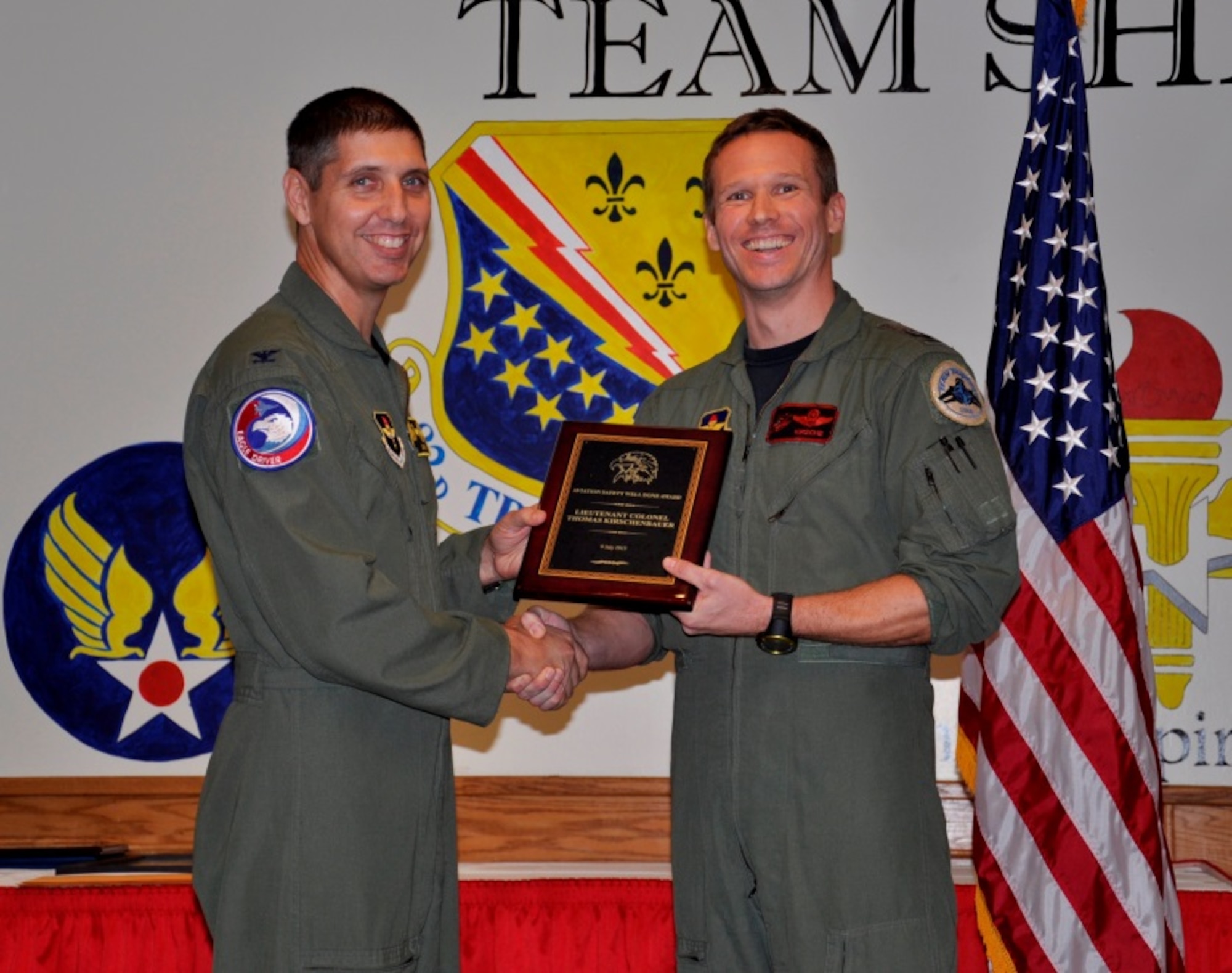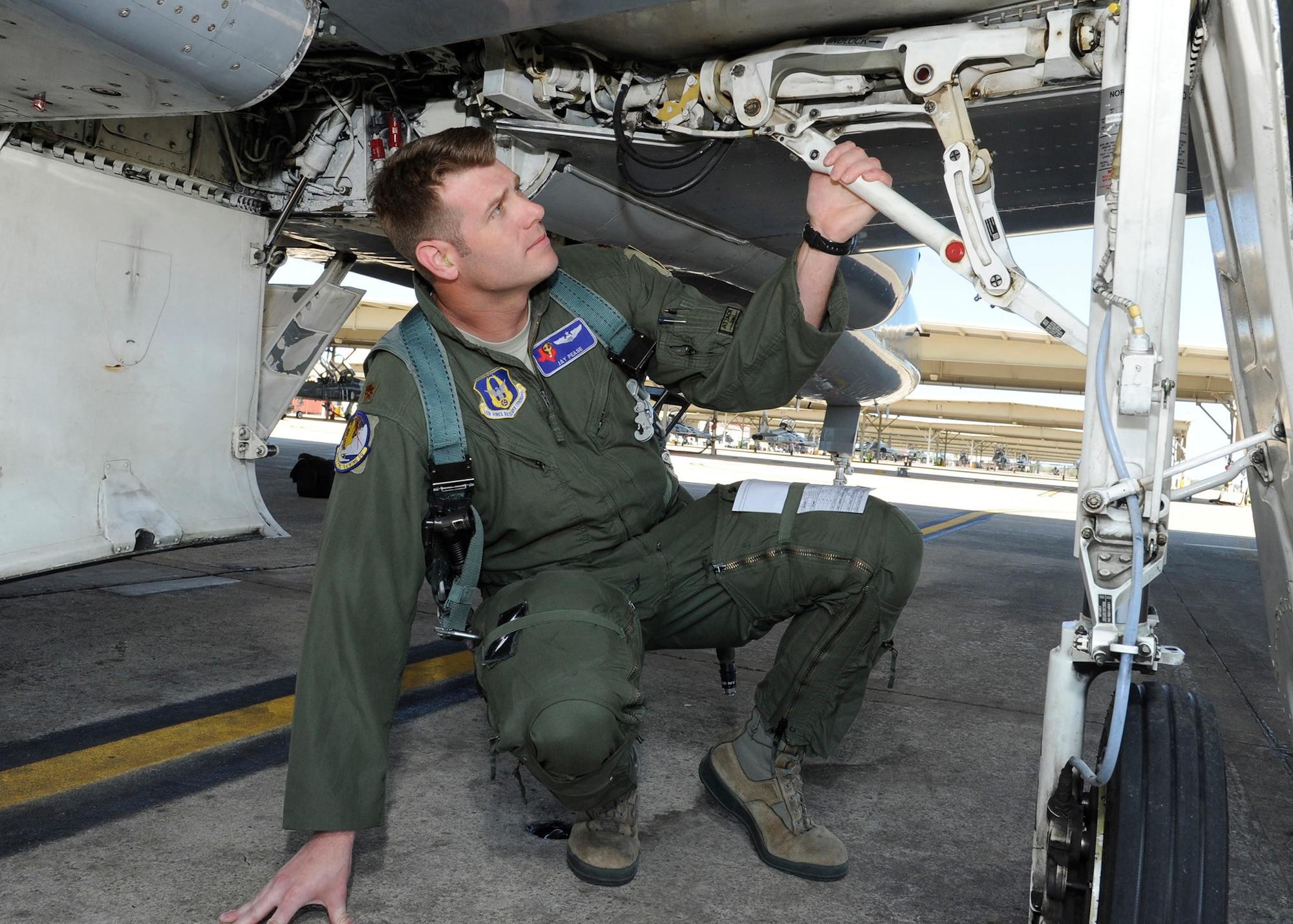Introduction

Air force instructor pilot dies – In a tragic incident, the United States Air Force (USAF) has lost a highly experienced and decorated instructor pilot in an aircraft accident. The incident occurred during a routine training mission, leaving behind a profound sense of loss within the aviation community.
The deceased pilot, Captain John “Jack” Carter, was a highly skilled aviator with over 2,000 flight hours under his belt. He had served as an instructor pilot for the past five years, responsible for training and mentoring new pilots in the USAF. Captain Carter was known for his exceptional flying skills, dedication to his profession, and unwavering commitment to the safety of his fellow aircrew.
Incident Details: Air Force Instructor Pilot Dies
On the fateful day of August 24, 2022, tragedy struck the United States Air Force when a seasoned instructor pilot met an untimely demise during a routine training exercise.
The incident unfolded over the skies of San Antonio, Texas, as the pilot embarked on a solo flight in an F-16 Fighting Falcon, a formidable aircraft renowned for its agility and speed.
Sequence of Events
The initial stages of the flight proceeded without any apparent anomalies. However, as the aircraft ascended to a higher altitude, an unexpected malfunction occurred.
According to preliminary reports, the aircraft experienced a sudden loss of control, sending it into an uncontrollable spin. The pilot valiantly attempted to regain stability, but his efforts proved futile as the aircraft plummeted towards the unforgiving ground below.
Investigation and Findings
To ascertain the cause of the incident, a thorough investigation was conducted. The investigation team meticulously examined all available evidence, including flight data recorders, witness accounts, and maintenance records.
The investigation’s findings revealed several contributing factors to the pilot’s death. These included:
Pilot Error
- The pilot failed to adhere to proper safety protocols during the flight.
- The pilot made a series of poor decisions that compromised the aircraft’s safety.
Aircraft Malfunction
- The aircraft experienced a mechanical malfunction that contributed to the loss of control.
- The malfunction was not detected during pre-flight inspections.
Weather Conditions, Air force instructor pilot dies
- The weather conditions at the time of the incident were not ideal for flying.
- The pilot did not take into account the weather conditions when making flight decisions.
Impact and Consequences
The tragic incident had a profound impact on the air force, both in terms of operational safety and emotional well-being. In the aftermath of the accident, the air force conducted a thorough investigation to identify any systemic issues that may have contributed to the crash. This led to several changes in training procedures and safety protocols, including:
- Increased emphasis on risk assessment and decision-making in training exercises.
- Implementation of new technologies to enhance situational awareness and communication during flights.
- Establishment of a peer support program to provide emotional and psychological support to pilots and their families.
The incident also had a significant emotional and psychological toll on the pilot’s family, friends, and colleagues. The loss of a loved one is always a traumatic event, but the sudden and unexpected nature of this accident made it even more difficult to bear. The air force provided counseling and support services to the affected individuals, and many colleagues reached out to the family to offer their condolences and support.
Emotional and Psychological Impact
The emotional and psychological impact of the incident on the pilot’s family, friends, and colleagues was immense. The sudden and unexpected loss of a loved one is always traumatic, but the nature of this accident made it even more difficult to bear. The family and friends of the pilot were left devastated by the loss, and many struggled to come to terms with the tragedy. The pilot’s colleagues were also deeply affected by the incident. They had lost a friend and a fellow aviator, and they felt the weight of the loss heavily. The air force provided counseling and support services to the affected individuals, and many colleagues reached out to the family to offer their condolences and support.
Lessons Learned
The tragic loss of the instructor pilot highlighted several areas where improvements could be made to enhance safety and prevent similar incidents in the future. The Air Force has carefully reviewed the findings of the investigation and has implemented a number of changes to its training and safety programs based on the lessons learned.
Training Enhancements
– Increased simulator training: The Air Force has increased the amount of simulator training required for pilots, particularly in scenarios involving emergencies and adverse weather conditions. This allows pilots to practice their skills in a safe and controlled environment before flying actual aircraft.
– Improved decision-making training: Pilots are now receiving more training on how to make quick and effective decisions in high-stress situations. This includes training on risk assessment, situational awareness, and crew coordination.
– Enhanced weather forecasting and decision-making tools: The Air Force has invested in new weather forecasting and decision-making tools to provide pilots with more accurate and timely information about weather conditions. This helps pilots make better decisions about whether or not to fly, and which routes to take.
Safety Improvements
– Improved aircraft maintenance and inspections: The Air Force has implemented more stringent maintenance and inspection procedures for its aircraft, with a focus on identifying and addressing potential safety hazards.
– Enhanced safety equipment: New safety equipment, such as improved ejection seats and flight suits, has been introduced to provide pilots with greater protection in the event of an emergency.
– Increased safety oversight: The Air Force has increased its oversight of safety procedures and practices, including regular inspections and audits of training programs and aircraft maintenance facilities.
